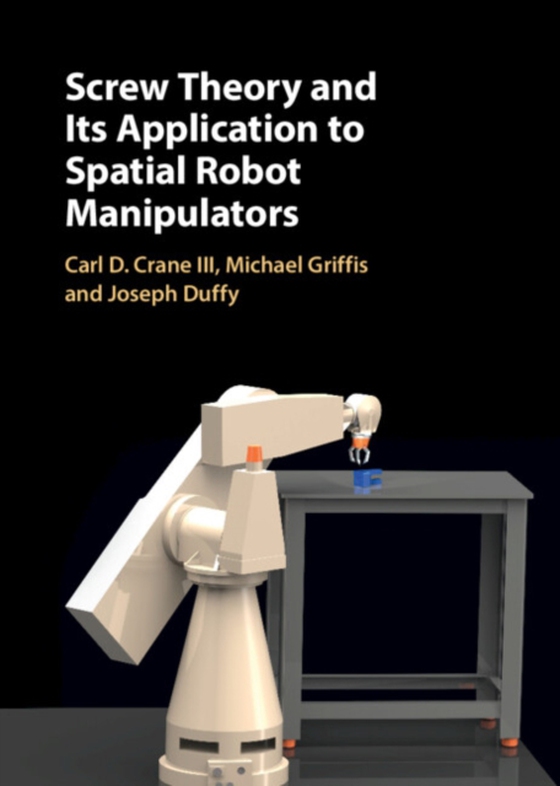
Screw Theory and its Application to Spatial Robot Manipulators e-bog
1276,86 DKK
(ekskl. moms 1021,49 DKK)
Discover a fresh take on classical screw theory and understand the geometry embedded within robots and mechanisms with this essential text. The book begins with a geometrical study of points, lines, and planes and slowly takes the reader toward a mastery of screw theory with some cutting-edge results, all while using only basic linear algebra and ordinary vectors. It features a discussion of t...
E-bog
1276,86 DKK
Forlag
Cambridge University Press
Udgivet
31 august 2022
Genrer
Technology, Engineering, Agriculture, Industrial processes
Sprog
English
Format
pdf
Beskyttelse
LCP
ISBN
9781009301763
Discover a fresh take on classical screw theory and understand the geometry embedded within robots and mechanisms with this essential text. The book begins with a geometrical study of points, lines, and planes and slowly takes the reader toward a mastery of screw theory with some cutting-edge results, all while using only basic linear algebra and ordinary vectors. It features a discussion of the geometry of parallel and serial robot manipulators, in addition to the reciprocity of screws and a singularity study. All 41 essential screw systems are unveiled, establishing the possible freedom twists and constraint wrenches for a kinematic joint. Familiarizing the reader with screw geometry in order to study the statics and kinematics of robots and mechanisms, this is a perfect resource for engineers and graduate students.
 Dansk
Dansk

